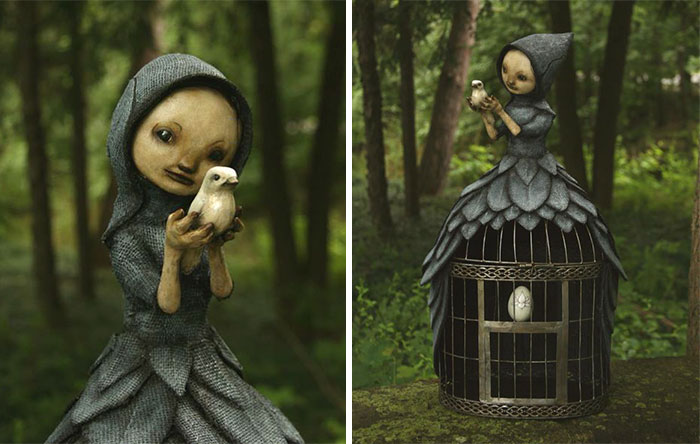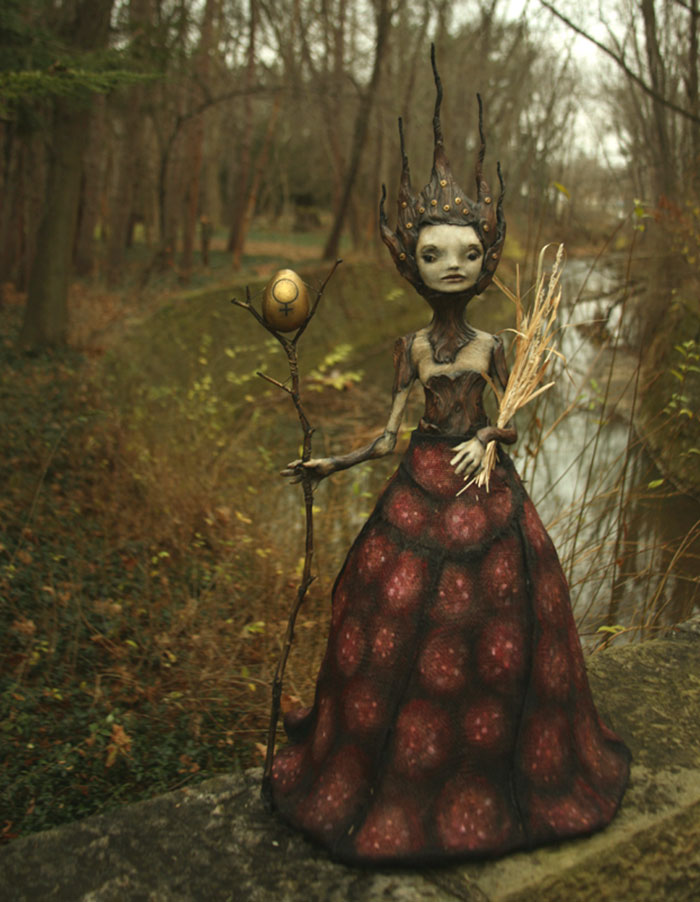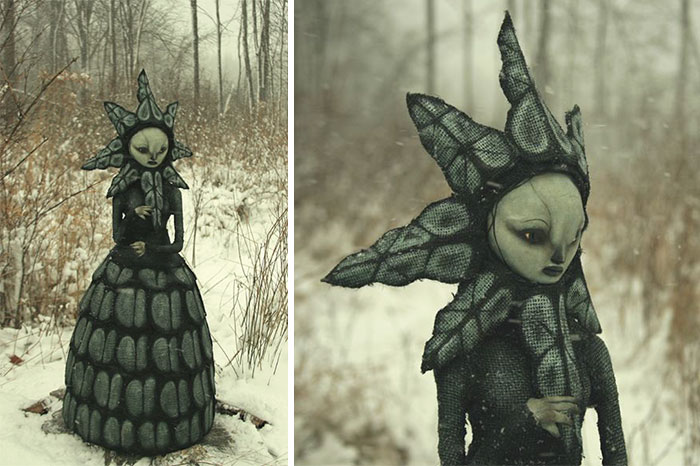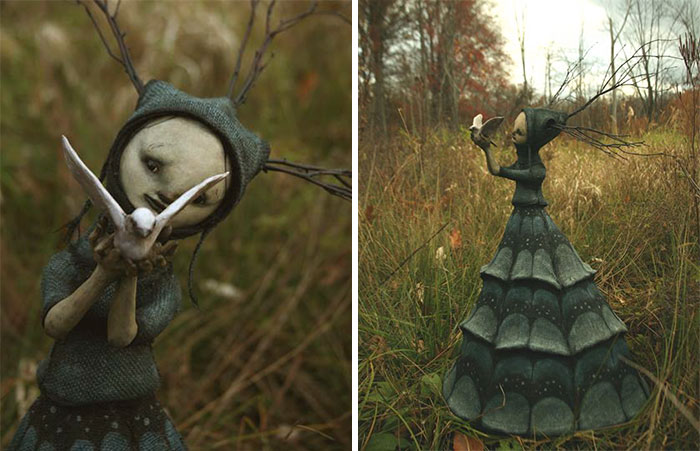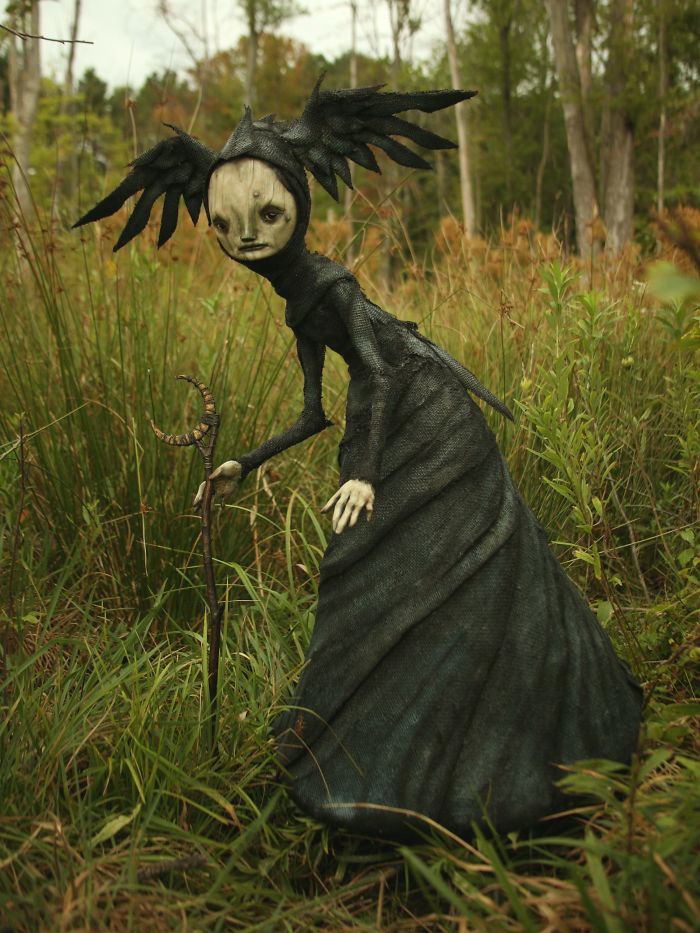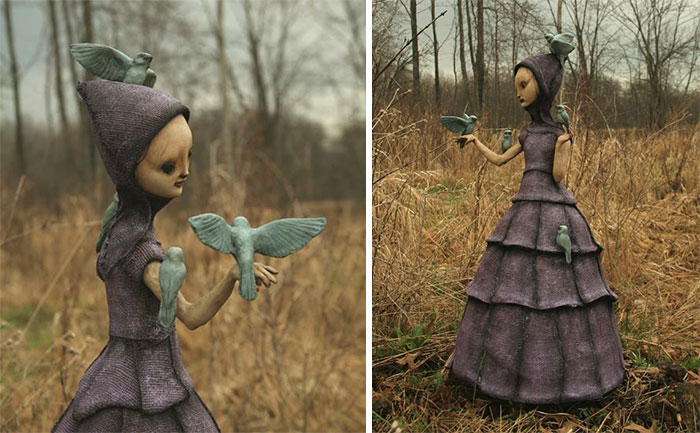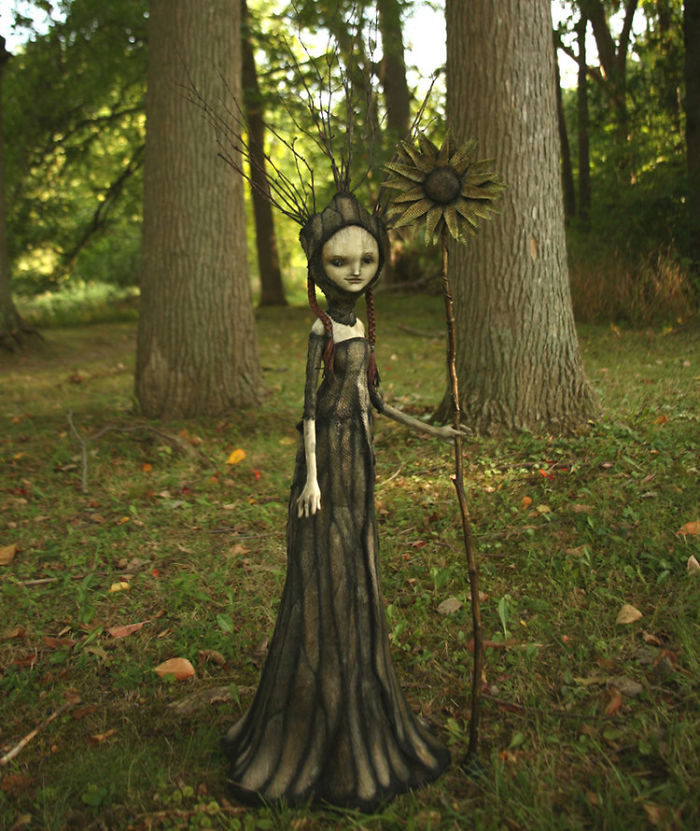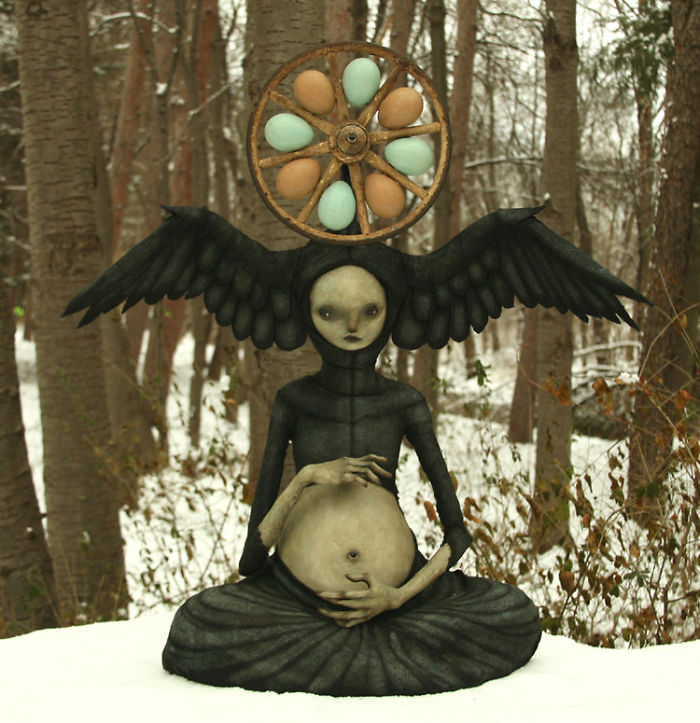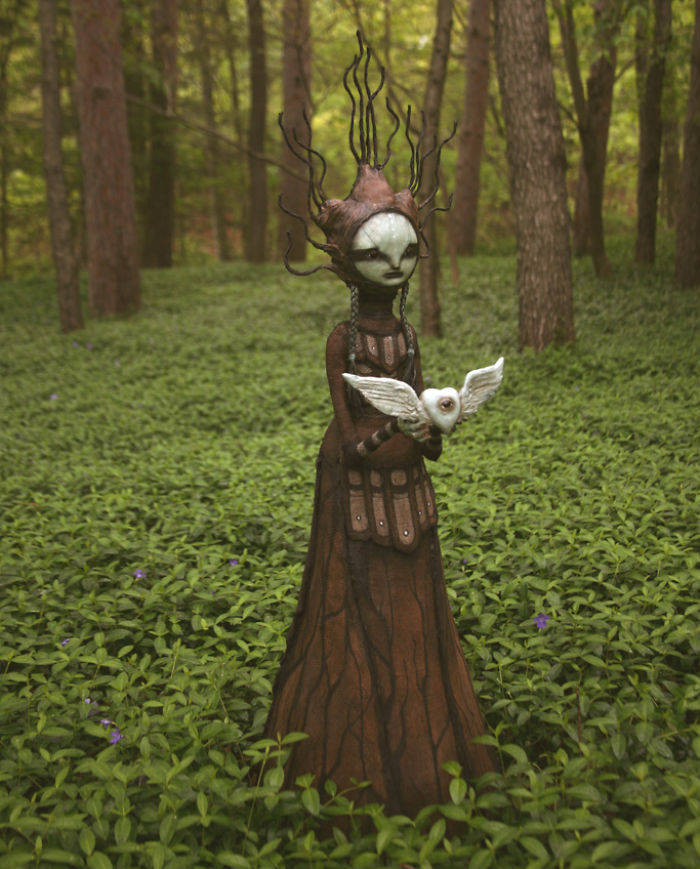 1.What is your earliest memory of poetry?
1.What is your earliest memory of poetry?
Sitting beside my tiny English grandmother on the sofa or my bed, listening to her recite poems to me. I particularly recall a sad poem called Papa’s Letter about a little boy who writes a letter to his father in Heaven and is trampled by a horse when he goes out to post it. I’ve since learnt it was written in the nineteenth century by an anonymous poet. Another that lingers in my memory from that time is William Allingham’s The Fairies, a favourite of both Nana’s and Mum’s and one I eventually shared with my own children.
2.When and why did you begin to write poetry for children?
I always thought of myself as a writer, not a poet, though I did produce a number of rather serious contemplative poems as a young adult. It never occurred to me to write poems specifically for children until years later when my children were in primary school. I was writing mainly short stories, picture books and chapter books but occasionally I’d have an idea for a poem. I discovered The School Magazine in 1998 and began to write poetry with these wonderful publications in mind. Some of my published poems were initially written as rhyming picture books that didn’t sell in that format. I believe in being open to possibilities so I looked at alternative markets for them and struck lucky.
3. Do you think writing for children is the same or different from writing for adults?
The same skills as a writer are required for both. It’s a matter of keeping your audience in mind when choosing what to write and how to write it. However, a well-written poem for children will be appreciated equally by adults. We’ve all been children and can remember how we felt in our younger lives. When poets can draw on this child aspect of themselves, the poetry they produce will have universal appeal.
I know how much I enjoy reading the wonderful poems being submitted to the Australian Children’s Poetry website for posting as Poem of the Day and how often I think, ‘Wish I’d written that!’
4. If you could be any poet in history who would you choose to be and why?
John Masefield. His poem ‘Sea Fever’ has been a favourite of mine since childhood for its rhythm and imagery. It gives me goosebumps even now when I say it aloud. Cargoes, too, has a wonderful sense of rhythm.
5. Give five words to describe your poetry?
Child-friendly, whimsical, playful, amusing, simple
6.Share a few lines from one of the poems you have written that you are most proud of?
‘ Leaf Lace’ was inspired by the discovery that caterpillars had been making a feast of my geraniums. One night when I couldn’t sleep, I mentally sifted and sorted the words until they felt right.
Lace maker
Toils secretly
Tucked out of sight;
Creates ornate
Patterns
Until they’re just right.
Delicate, intricate
Handiwork done
Designer departs
To start
The next one.
Serrates, decorates
All my plants in this way.
I confess
I’m impressed
At this leaf lace display.
7.What is your favourite form of poetry?
Rhyme. I get a lot of pleasure from playing with different rhyming patterns, so I might focus on rhymes within lines, or an AAB, CCB end line rhyme pattern. Whatever pattern I choose, it’s always a challenge to make the rhyme feel natural rather than contrived. I also enjoy reading well-written rhyming poems.
8, Have any of your poems been illustrated? If so what did you think of the illustration?
All of the poems I’ve had accepted by The School Magazine (about 20 in all, several also reprinted) have been accompanied by wonderful illustrations. It’s always a thrill to receive my copies of the magazine in the mail and see how an artist has interpreted my words.
9. Where is your best spot for writing poetry and why?
I don’t have a best spot. Once I have an idea, I will mull it around in my head as I go about my daily activities, jotting down fragments or lines in a notebook as they come to me. Often I’ll mentally work on a poem if I’m awake during the night. When I’m a passenger in the car also seems to trigger my poetic impulses. Of course, the real work of refining poetry happens in my office when I start keying my random bits and pieces into the computer.
10. What advice do you have for other poets wanting to write for children?
Read the work of contemporary poets to get a sense of what is being written and published now. Today’s children are incredibly savvy and they’re exposed to very different influences than earlier generations through technology and social media. Keep in mind who it is you are writing for, and don’t forget there is still a child in you who knows what it is to be a child. Write from that place.
You can find out more about Tina here
Website: www.teenaraffamulligan.com
FB author page: https://www.facebook.com/TeenaRaffaMulligan/
Twitter: @TraffaM




